Other Publications
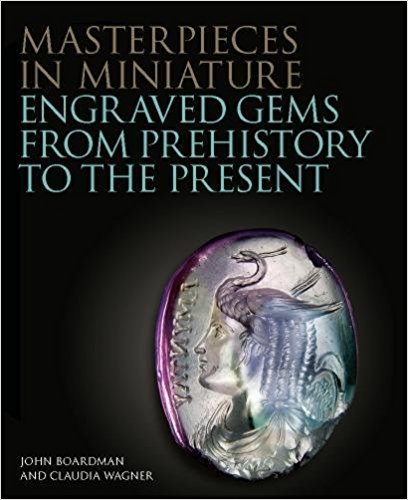
Masterpieces in Miniature (The Philip Wilson Gems and Jewellery Series)
by Claudia Wagner and Sir John Boardman
Published January 2020
The creation of miniature intaglios - or incised carvings - which could be impressed on clay or wax was one of the earliest crafts of civilisation. To this the Greeks added relief cameos, while comparable skills were lavished on the decoration of metal finger rings. These artefacts record subjects of significance for their period and place but are also the direct expression of an artist's skills and imagination. Engraved gems were collected first by the ancient Romans and then throughout the Renaissance were a source for knowledge of `classical' subjects and styles, when they were copied - from Michelangelo to Rubens - by the foremost artists of the day. The gemstones explored here are from a distinguished collection made in the earlier twentieth century by a notable connoisseur of ancient art. Many originate from named older European collections and were previously unknown to scholars and collectors. The authors have sought to offer a balanced selection of earlier eastern and Greek stones, alongside others from the neo-classical era. The book offers a survey of the finest products of the gems craft over millennia.
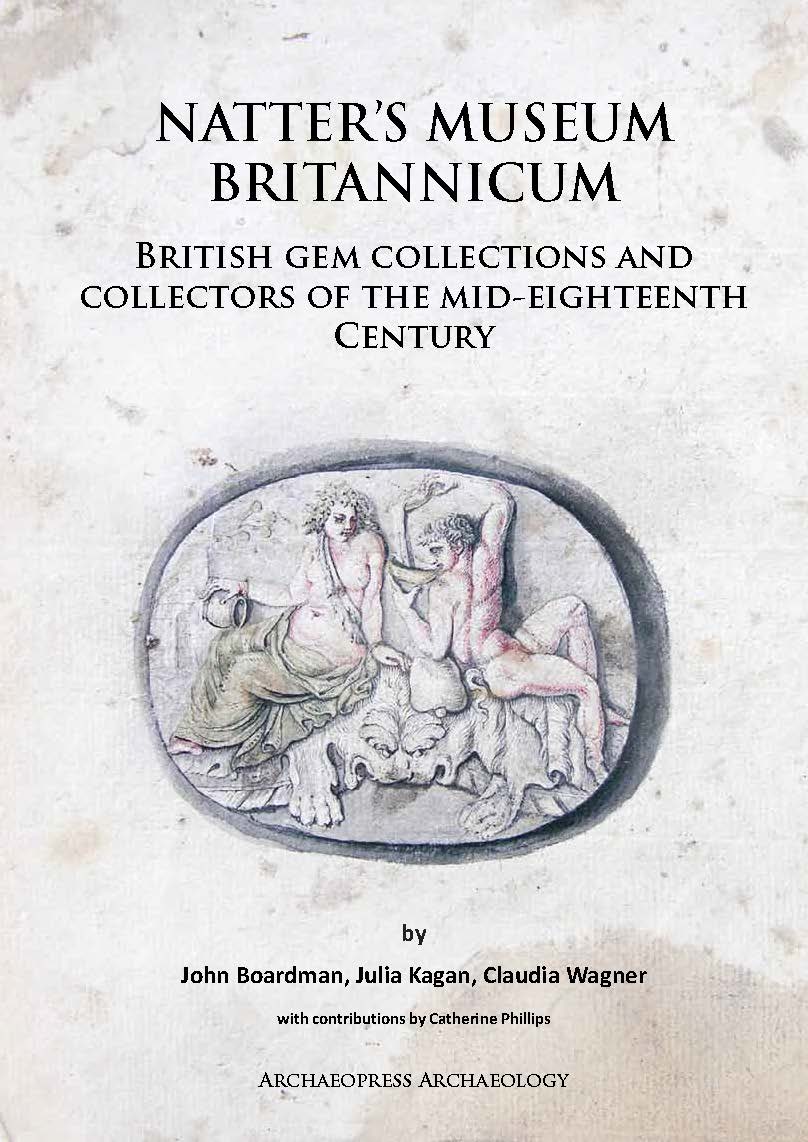
Natter's Museum Britannicum
British Gem Collections and Collectors of the Mid-Eighteenth Century
by Sir John Boardman, Julia Kagen and Claudia Wagner with contributions by Catherine Phillips
Published January 2019
The German gem-engraver, medallist, and amateur scholar Lorenz Natter (1705- 1763), was so impressed by the size and quality of the collections of ancient and later engraved gems which he found in Britain that he proposed the publication of an extraordinarily ambitious catalogue – Museum Britannicum – which would present engravings and descriptions of the most important pieces. He made considerable progress to this end, producing several hundred drawings, but in time he decided to abandon the near completed project in the light of the apparent lack of interest shown in Britain. Only one of the intended plates in its final form ever appeared, in a catalogue which he published separately for Lord Bessborough’s collection. On Natter’s death the single copy of his magnum opus vanished mysteriously, presumed lost forever.
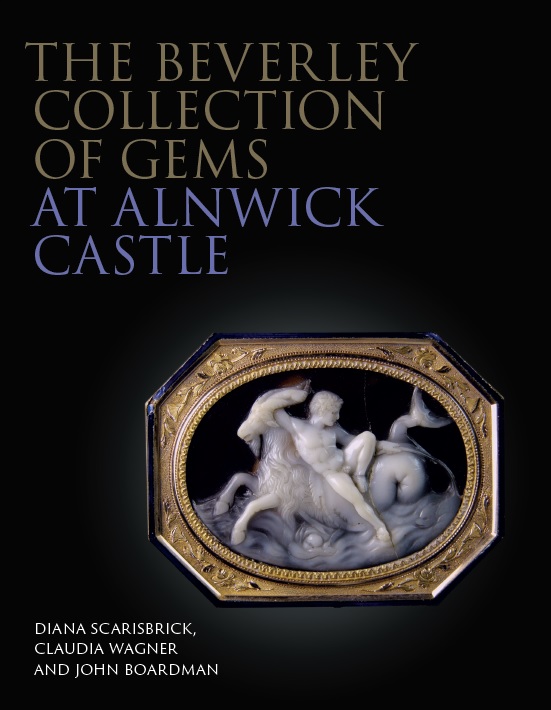
The Beverley Collection of Gems at Alnwick Castle
by Diana Scarisbrick, Claudia Wagner, and Sir John Boardman
Published January 2018
Alnwick Castle, ancestral seat of the Earls of Northumberland – the House of Percy – was built as a border fortress against the Scots in the twelfth century, if not earlier. Substantially enlarged in the fourteenth and fifteenth centuries, and remaining in Percy family hands to this day, it stands now as a prime example of robust stone defensive architecture. Much visited and admired for its impressive exterior and interior, this dramatic stronghold and stately home is the setting for one of the most distinguished assemblages of gems in Great Britain still in private hands.
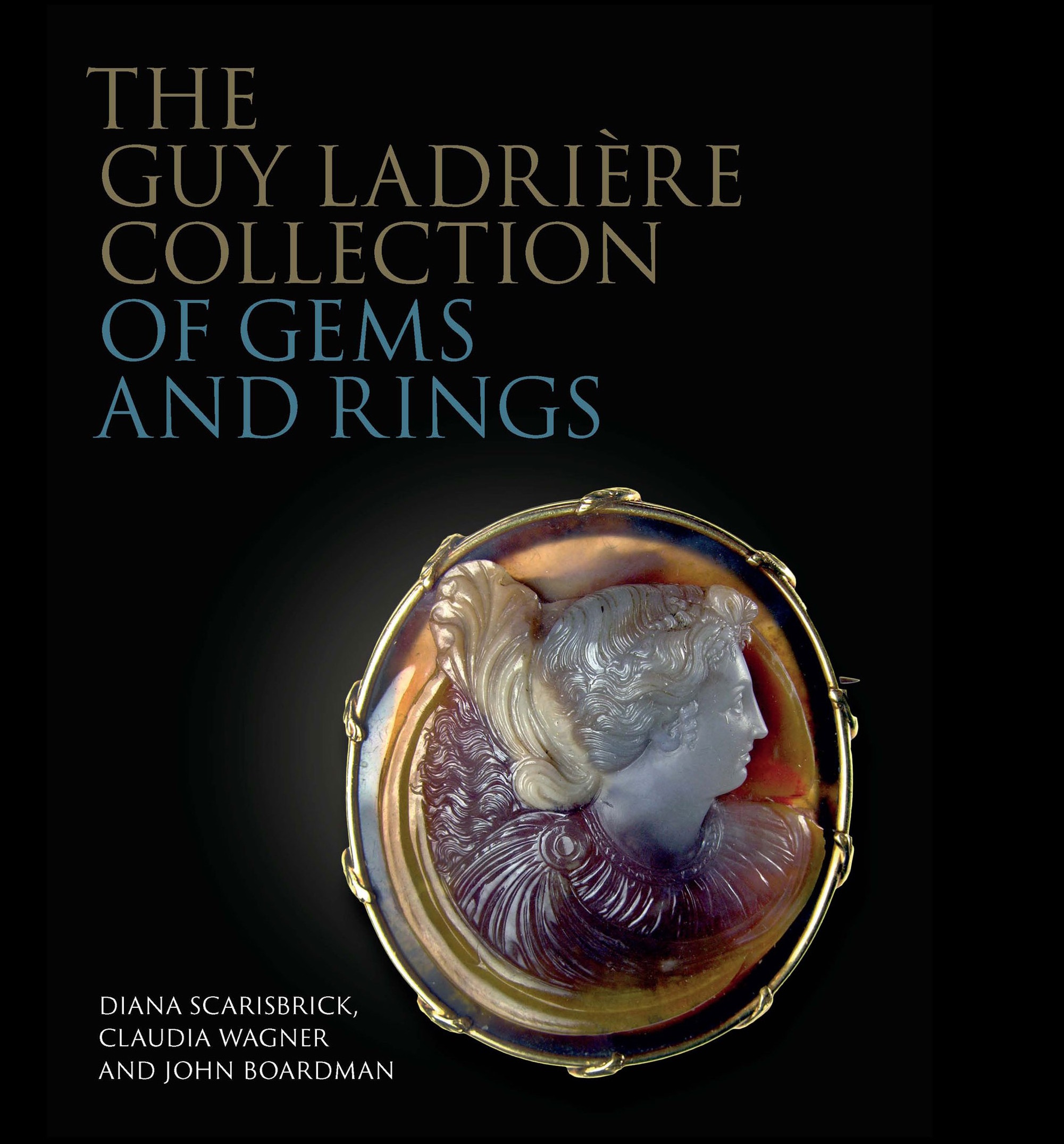
The Ladrière Collection of Gems and Rings
by Diana Scarisbrick, Claudia Wagner, and Sir John Boardman
Published January 2017
One of the world's finest assemblages of rings and gemstones, the Guy Ladrière Collection in Paris is of major art-historical importance. This handsome volume, co-written and compiled by CARC's researchers, is the first to catalogue, illustrate and describe all the pieces in the collection. Comprising some three hundred items, and including a rich and varied mixture of cameos and intaglios, the collection ranges from ancient artefacts originating in the Minoan period to gemstones and rings of the nineteenth century. It also boasts many medieval pieces, Christian crystal plaques and Lombardic stones with inscriptions.
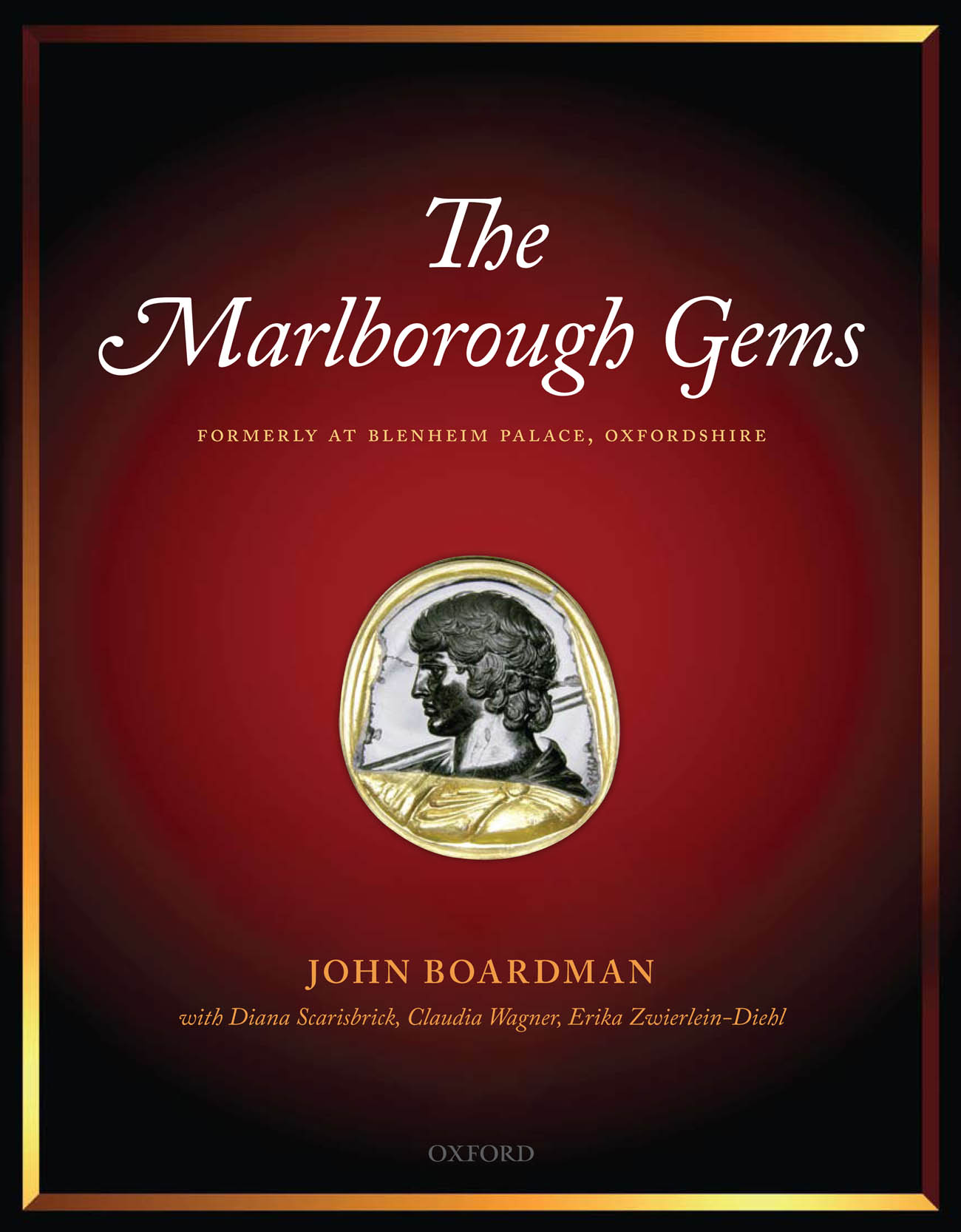
The Marlborough Gems. Formerly at Blenheim Palace, Oxfordshire
by John Boardman. With Diana Scarisbrick, Claudia Wagner and Erika Zwierlein-Diehl.
ISBN 978 0 19 923751 7
Published January 2009
The collection of about 800 engraved gems of the Fourth Duke of Marlborough (1739-1817) at Blenheim Palace was the largest and most important of the 18th-century English collections. It comprised a Renaissance collection of the Gonzaga Dukes of Mantua, acquired by Lord Arundel in the mid-17th century; the mid-18th-century collection of Lord Bessborough; and the Duke's own acquisitions in Italy and elsewhere.
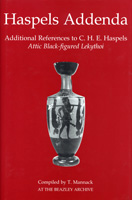
Volume ISBN 0 19 726315 1
Haspels Addenda
compiled by T. Mannack at the Beazley Archive
Published January 2006
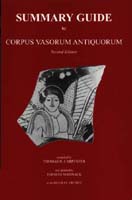
Summary Guide to Corpus Vasorum Antiqurorum (second edition)
updated by T. Mannack at the Beazley Archive
ISBN 0 19 726203 1
Published January 2000
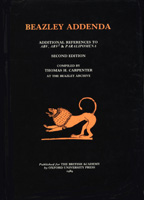
Beazley Addenda (second edition)
compiled by T.H. Carpenter at the Beazley Archive
ISBN 0 19 726069 1
Published January 1989
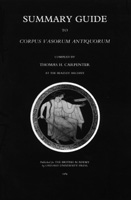
Summary Guide to Corpus Vasorum Antiquorum
compiled by T.H. Carpenter at the Beazley Archive
ISBN 0 19 726033 0
Published January 1984
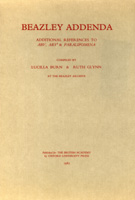
Beazley Addenda, Additional References to ABV, ARV & Paralipomena
compiled by L. Burn and R. Glynn at the Beazley Archive
ISBN 0 19 726018 7
Published January 1982





